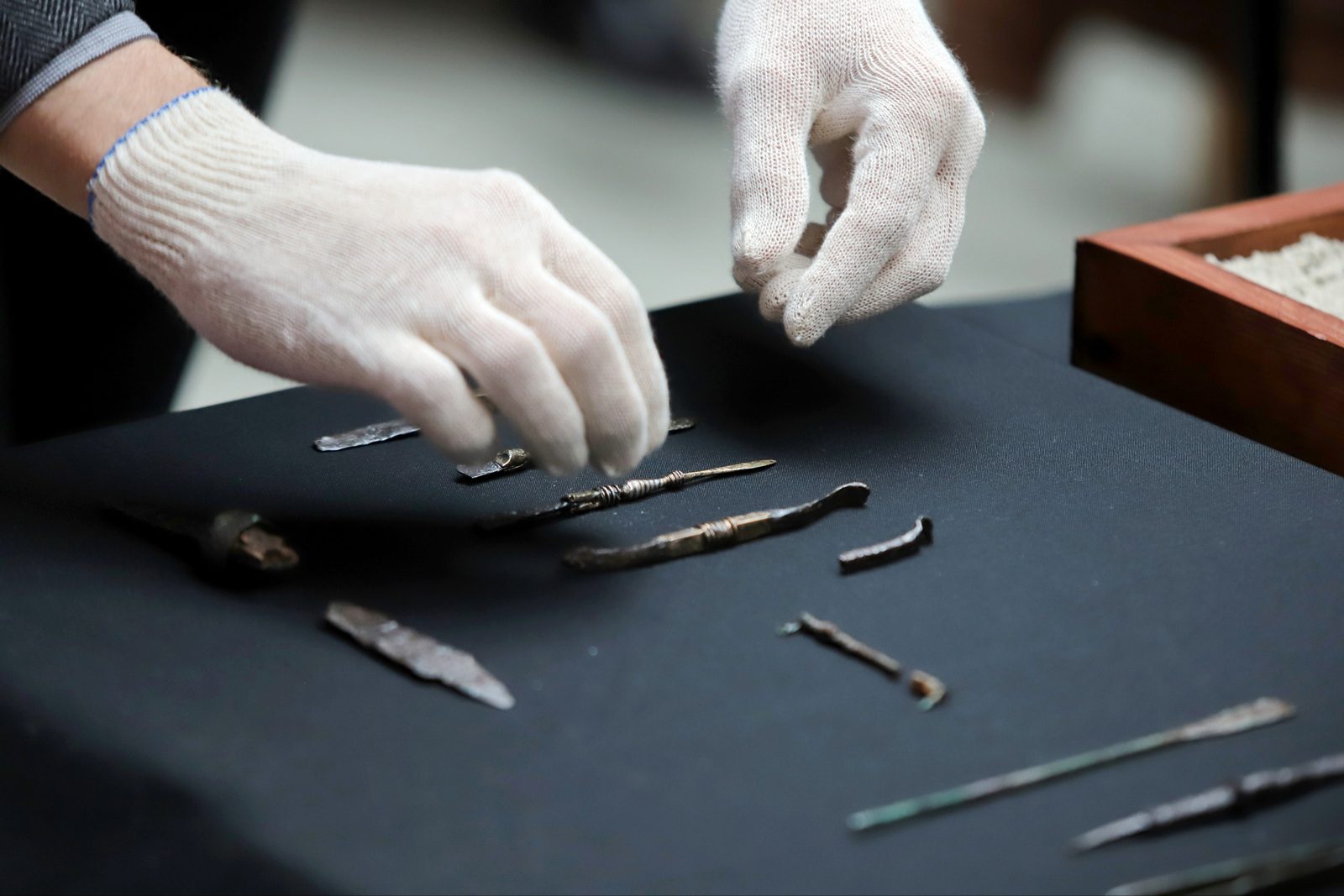A team of archaeologists recently discovered the resting place of a Roman doctor who has been buried for around 2,000 years near Jászberény, Hungary. Amazingly, the doctor appears to have been buried with some of his equipment, a find that is extremely rare.
The body was excavated by researchers at the Eötvös Loránd University (ELTE), the Jász Museum, and the Eötvös Loránd Research Network (ELKH), in Hungary, in 2022. The site was initially identified through the use of a preliminary magnetometer field survey, a useful method used by archaeologists to detect and map small changes in the earth’s magnetic field which is caused by different natural and unnatural features in the soil. The survey identified a cemetery from the Avar period and small items from a shallow grave that came from the first century AD, according to radiocarbon dating analysis.
An examination of the items quickly revealed them to be from the Roman period and they were found in two small wooden boxes at the foot of a contemporary doctor’s grave. The items, which were specifically metallic medical tools used by the doctor, included forceps, needles, tweezers, and high-quality scalpels that would have been suitable for surgical interventions. The scalpels were intricately decorated and made of copper with replaceable blades. There was also a grinding stone among the find that had been placed by the doctor’s knee, which may have been used for the mixing of herbs and other medical remedies.

Some of the tools found with the remains. Image credit: ELTE BTK
It is a remarkable find, not only for how well preserved it is but also for the information it holds for the period in question. Firstly, it is extremely rare to find a complete medical set from this era – the only other known equivalent was found at Pompeii, the ELTE press team explained. The find also sheds light on a period of Jászság history when the Sarmatian populations of the Celtic period was being incorporated into the Roman province of Pannonia. It is interesting that a doctor equipped with such prestigious equipment visited this area. The research team believes that this well-equipped physician, who was likely trained elsewhere in the empire, may have been visiting the area to treat someone.
The grave had barely been disturbed over the years and is thought to belong to a man in his 50s or 60s, although the course of death is unknown. The team intends to carry out genetic research, as well as an isotopic analysis of his skeleton to determine where he came from, whether he was a local or a traveler.
According to Benedek Varga, the director of the Semmelweis Museum of Medical History, the unearthing of such a collection of finds from the first century is a “world sensation”.
Source Link: Unique Discovery Of A Roman Doctor Buried With His Equipment